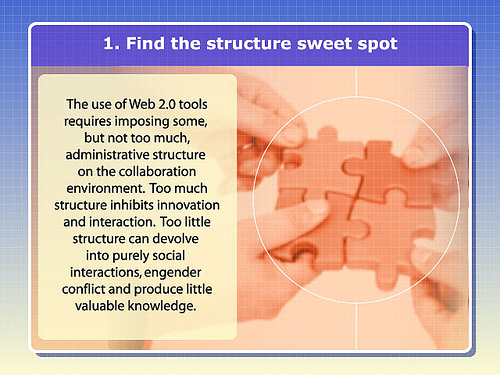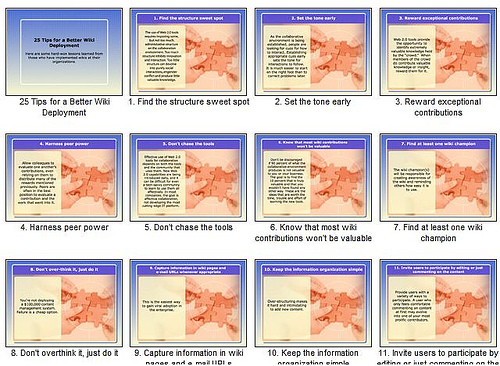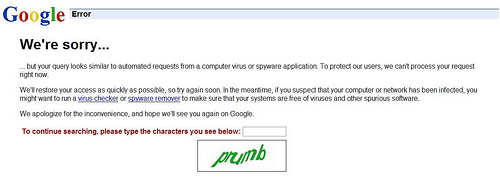 The Holidays are typically the time for taking lots of family photos, so let me take this chance and remind you to keep your photos safe. For many of my readers safe increasingly means online, using photo storage/sharing services like Flickr, Zooomr, Smugmug, Picasa, and a zillion others.
The Holidays are typically the time for taking lots of family photos, so let me take this chance and remind you to keep your photos safe. For many of my readers safe increasingly means online, using photo storage/sharing services like Flickr, Zooomr, Smugmug, Picasa, and a zillion others.
Despite being a recognized cloud-computing fan, I am still keeping my photos locally though – and that requires a good back-up plan. ProtectMyPhotos has probably been the best photo backup & sync service – until now. Too bad it did not make it as a business: its closing doors on December 31st. That means you have 2 days to save your data locally and find an alternative.
![]() My choice: simplification. I’ve already been using Mozy, a powerful yet non-intrusive online backup service for all non-photo data, so instead of looking for a photo-specific replacement, I’ve just reconfigured Mozy to include my photo directories in it’s backup routine. I lose some of the extra goodies ProtectMyPhotos offered, but at least got rid of some redundancy on my PC. Mozy has been reliably backing up my files for over a year now. The best part of it is that I don’t even notice it’s running. And now the shameless plug: if you’d like to give Mozy a try, use this registration link, we’ll both get an extra 250MB space.
My choice: simplification. I’ve already been using Mozy, a powerful yet non-intrusive online backup service for all non-photo data, so instead of looking for a photo-specific replacement, I’ve just reconfigured Mozy to include my photo directories in it’s backup routine. I lose some of the extra goodies ProtectMyPhotos offered, but at least got rid of some redundancy on my PC. Mozy has been reliably backing up my files for over a year now. The best part of it is that I don’t even notice it’s running. And now the shameless plug: if you’d like to give Mozy a try, use this registration link, we’ll both get an extra 250MB space. 




 Let’s just look at cookies. The obvious Privacy 101 principle in the 90’s was to control them. Since then we’ve seen an army of cookie-washer products, the popular browsers all offer their own privacy/cookie settings – yet all this works less and less. Quite a few sites – including blogs – will fail to load properly when seemingly unrelated, third-party cookies are blocked. Sometimes they work, but next time you come back to the site, there’s just a white, blank screen. This is ugly. Since I can’t easily figure out what blocked the site, I typically end up deleting all browser cookies as well as all cookie-rules. Then the game starts again – some of the sites / blogs take minutes to rotate through dozens of cookie-requests, literally making it impossible to read their own content. I’m about to give up: might as well just enable cookies – privacy is long gone, anyway. Besides, if I am getting ads served up, they might as well be better targeted.
Let’s just look at cookies. The obvious Privacy 101 principle in the 90’s was to control them. Since then we’ve seen an army of cookie-washer products, the popular browsers all offer their own privacy/cookie settings – yet all this works less and less. Quite a few sites – including blogs – will fail to load properly when seemingly unrelated, third-party cookies are blocked. Sometimes they work, but next time you come back to the site, there’s just a white, blank screen. This is ugly. Since I can’t easily figure out what blocked the site, I typically end up deleting all browser cookies as well as all cookie-rules. Then the game starts again – some of the sites / blogs take minutes to rotate through dozens of cookie-requests, literally making it impossible to read their own content. I’m about to give up: might as well just enable cookies – privacy is long gone, anyway. Besides, if I am getting ads served up, they might as well be better targeted.
 (hat tip:
(hat tip: 
 )
)


 :
: . Intuit is clearly throwing in support resources, customers can register and will be called back to individually assess their situation. For many, the damage may very well be more than losing a few hours:
. Intuit is clearly throwing in support resources, customers can register and will be called back to individually assess their situation. For many, the damage may very well be more than losing a few hours: Who has time for this? Between the applications we actually use and all the crapware needed just to keep our computers running (virus scan, firewall, anti-spy, desktop search, backup, synchronization …etc), it’s just getting way too much to deal with.
Who has time for this? Between the applications we actually use and all the crapware needed just to keep our computers running (virus scan, firewall, anti-spy, desktop search, backup, synchronization …etc), it’s just getting way too much to deal with.

Recent Comments